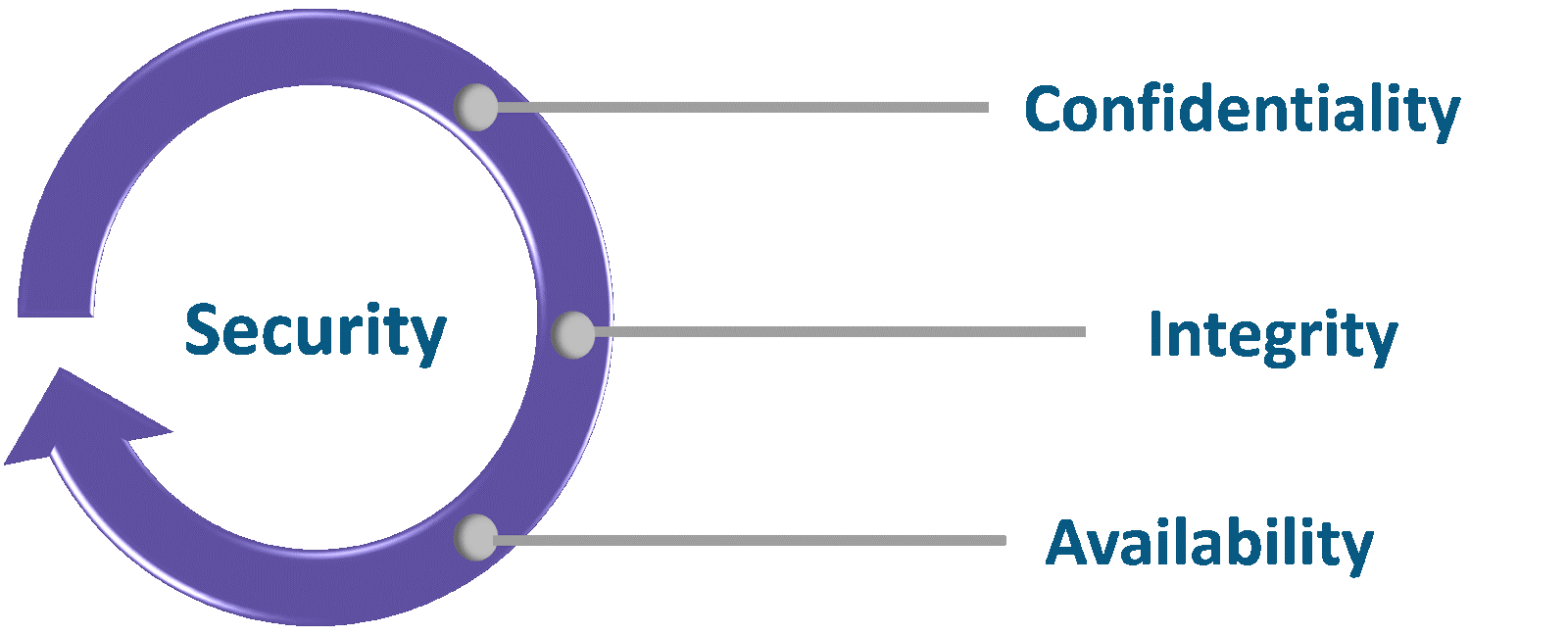Social Engineering Attack is a term related to cyber security where malicious activities are achieved through human interactions. When a hacker uses psychological tricks on a user, they make security mistakes or end up giving highly restrictive personal information like bank account details, PAN card numbers, etc.
Social engineering will take place in one or more steps. The offender tries to gather the victim’s background information and finds the weak protocols that would help him proceed with the attack. The attacker tries to gain the victims’ trust because it is easier to crack than to discover new ways to hack the software. In simpler terms, it is easy to fool and get a password or OTP from you instead of trying to break your password.
After doing a survey, it was found that the weakest link in the security chain is “the human.” The one who believes the other person’s or scenario at face value. To learn more about such concepts in cybersecurity, upskill with the PG Cybersecurity Program and power ahead!
- How does Social Engineering work?
- What makes social engineering dangerous?
- Techniques of Social Engineering Attack
- Preventing Social Engineering
How does Social Engineering work?
Most social engineering attacks are between attackers and victims. The attacker tends to gain the trust of the victim instead of using the brute force method.
They follow the below steps in deceiving you:
- Prepare: gather all of the necessary information from you.
- Infiltrate: establish a relationship and build trust.
- Exposed victim: Once trust and relationship are established, the weaknesses for the attack are established.
- Disengage: The user has taken the desired action.
What makes social engineering dangerous?
Social engineering is dangerous because it relies on human error rather than vulnerabilities in software. Mistakes made by users are more unpredictable and hard to identify than malware intrusions.
Techniques of Social Engineering Attack
Social engineering comes in different forms and could be done anywhere where human interaction is involved. These are the five most common forms of social engineering.
- Baiting
These social engineering techniques know that if you sway something people want, many people will take the bait. The name suggests the attacker uses false promises to entice the victim’s greed or curiosity. They lure users into the trap to steal their information and inflict their systems with malware. Victims pick up bait devices out of curiosity and try to insert them into their home or work laptops, which results in installing malicious malware installation. Baiting is not only done in the physical world; it can be done in online form too. An online form of baiting consists of malicious sites’ advertisements or encouraging users to download malware-infected applications.
- Scareware
Scareware involves victims being called out with false alarms and fabricated threats. Users are duped into believing their system is infected with malware or other threats, prompting them to install software with no real benefits. Scareware is also referred to as deception software, rogue scanners, and fraudware.
Your computer will be prompted with messages such as “Your computer may be infected with harmful spyware programs.” It either makes you click on the malicious websites and results in downloading such software, or it could infect the computer by clicking on such notification. Scareware is also sent through emails.
- Pretexting
In these cases, attackers try to gain information from the user cleverly. This type of scam is frequently initiated by an offender pretending to require the victim’s highly sensitive information to complete a critical task.
The attacker usually tries to build a trusting relationship with the victim by impersonating
- co-worker
- police
- bank associate
- Tax officials’
- or any known person who has the right to know.
The perpetrator gathers all such information from the victim via phone call or email. The information, such as
- Pancard No.
- Adhar Card No.
- Social security number (US residents only)
- Candian Social Insurance Number (Canadian resident people)
- Bank Account No.
- Swift code
- Addresses
- Credit or debit card information
They try to hijack your bank account using the information gathered from you. Also, they can create a duplicate identity using their social security number.
This attack is a very common one and is executed via phone or email. This creates a sense of urgency like your password has expired and you need a quick fix, or your bank details are not correct, and you need to update urgently as it will result in blocking your card. Such an email would be identical. They will ask for urgent action, which usually leads to victim panic. In such a situation, the victim usually makes a mistake by clicking on the link provided in the email or text message.
Such websites are replicas of new ones, and they are created to target specific victims who will end up entering their correct information.
- Spear Phishing
Spear phishing is the more targeted version as it is much harder to detect and has a high success rate. This requires much effort by the attacker to make it look less conspicuous.
For example, a person looking for a job would put all his information related to skills, his current job profile, and the location he is targeting on any job-related sites such as Indeed, Naukri, etc. While these job portals also offer subscription plans so that your profile will be targeted at the top for recruiters, the attackers gather your information from such websites and would call you on behalf of any associate belonging to these portals and would ask you questions if you are getting a valid opportunity or not. He will try to convince you to get a refund from the subscribed person. When the victim does get convinced by his idea of receiving the fund, they will send you an identical website link which will ask you to fill in all the information, and when all the bank details and other user’s information are received by the attacker, He might ask you for an OTP on your number. If the victim provides the one-time password to the offender, The money that was promised to be debited will now be credited to the attacker’s account.
Preventing Social Engineering
Below are some important measures to be followed to avoid social engineering attacks:
- Do not open emails and attachments from suspicious sources.
- Use multifactor authentication.
- Beware of tempting offers.
- Keep your antivirus/ antimalware software updated
Also Read: Top 50 Blogs to Follow to Learn Cyber Security in 2022








